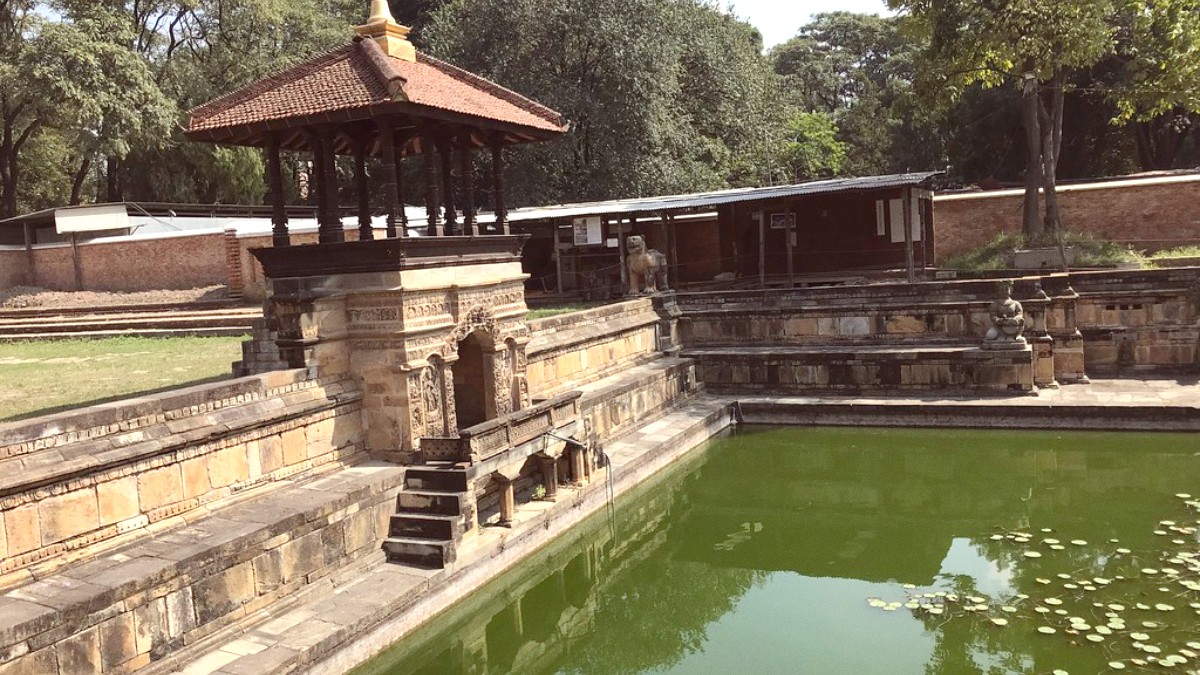
Around The Kathmandu Valley, Nepal
Patan, like the rest of the Kathmandu Valley, a public transportation system that extensive but can overwhelm first-time visitors.
The main public transit options in Patan include Local Buses (largest vehicles, crowded, fixed routes), Microbuses (smaller vans, quicker, even more crowded), and Safa Tempos (electric three-wheelers, blue, specific routes).
Nepal lacks formal, easily navigable route maps. Routes generally known by locals, learned through experience, or explained by conductors.
Fares paid in cash to a conductor once on board. For Safa Tempos, pay the driver directly. Fares very cheap, typically NPR 20-50 per ride.
Services generally operate from early morning, around 6 AM, until late evening, usually 9-10 PM. Frequency high on popular routes.
Fares paid in cash to a conductor once on board. For Safa Tempos, pay the driver directly.
Fares very cheap, typically ranging from NPR 20-50 per ride within the valley, depending on distance.
Services generally operate from early morning, around 6 AM, until late evening, usually 9-10 PM.
Public transportation generally not accessible for travelers with mobility challenges. Vehicles often have steps, lack ramps.
Taxis and ride-sharing apps greater comfort and direct routes compared to public buses, though at a higher cost.
Patan's historic core, notably Patan Durbar Square and its surrounding alleys (known as 'bahals'), a pedestrian's delight. Mostly car-free.
Local tour operators and guides walking tours on history, architecture, and Newari culture. Self-guided walks possible with a map.
Dedicated bicycle lanes limited. Cycling on main roads hazardous. Better for quieter residential areas or mountain biking outside city.
Patan itself not many unique or specialized forms of transportation beyond standard modes. However, useful to know what available nearby or for larger tours.
Public transport generally not accessible for travelers with mobility challenges.
Vehicles often have steps, lack ramps.
Most historical sites not well-equipped for travelers with mobility challenges.
Uneven cobblestone streets, numerous stairs, lack of ramps.
Newer hotels might offer some accessible rooms, but this rare in older, traditional properties.
Plan visits carefully, possibly arranging private transport.
Patan's historic core truly alive when explored on foot.
Dedicated bicycle lanes limited in Patan and the broader Kathmandu Valley.
Avoid main thoroughfares and the Ring Road during peak traffic hours if you are on foot.
Public transport and most historical sites not well-equipped for travelers with mobility challenges.
Patan's core a walk-friendly area, ideal for discovering its artistic wonders.
For longer distances, ride-sharing apps like Pathao or Tootle offer transparent and efficient travel.